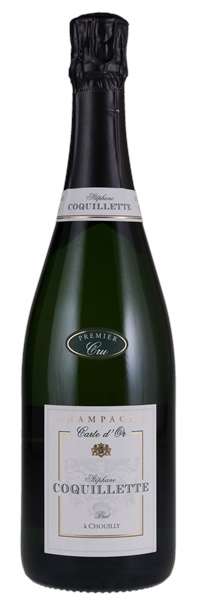Estimate

...showing well, mingling notes of fresh peach and lemon oil with hints of verbena and toasted nuts. Medium to full-bodied, fleshy and elegantly textural, with an inviting core of fruit and racy acids, it concludes with a penetrating finish.
This linear Champagne crackles with vivid acidity, and, partnered with the lacy mousse, this delivers an airy, buoyant quality that imparts a sense of finesse to the delicate flavors of poached apple, dogwood blossom, lemon curd and toast.
Toasty, mineral-accented aromas of quince, cherry pit and white flowers. Initially taut but aeration allows ripe orchard and citrus fruit and fig flavors to emerge, along with a touch of buttered toast. Closes on a gently spicy note, with good length and subtle smokiness.